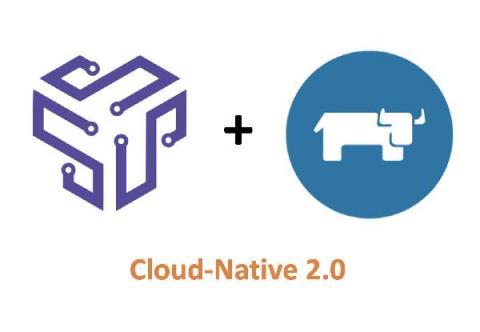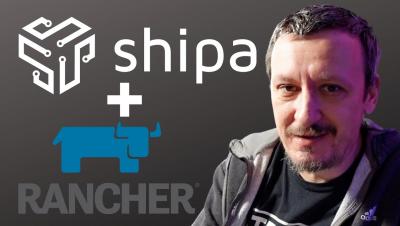Operations | Monitoring | ITSM | DevOps | Cloud
June 2021
GitOps in the enterprise
GitOps has been getting traction as a cloud-native approach to continuous deployment, leveraging Git for version control. If executed well, GitOps can bring benefits such as automation of your continuous deployment pipeline, lower downtimes, consistency of workflows, and more.
OPA vs. Shipa - Are you still building overly complex rules for K8s?
In a previous post, we described how we envision cloud-native initiatives reaching the 2.0 phase, where phase 1 was centered around providing clusters and running its underlying infrastructure effectively. Now that teams are starting to move some of their existing services to a microservices architecture, developers and platform engineers are being tasked with implementing the right policies and governance controls to ensure applications are running as securely as possible.
Make you Developers Happy with Rancher and Shipa
At this point, it’s fair to say that containers and Kubernetes changed the dynamics of infrastructure and platforms. It’s no secret that even though managing Kubernetes clusters is still somewhat complex, in the early days, it was even harder, which is when we saw solutions such as Rancher come up to help us address those challenges. You will inevitably run into cluster-related challenges when adopting Kubernetes.
Implementing a DevOps Workflow with Shipa 1.3
Kubernetes just turned 7 years old, and over the last couple of years, it has risen in popularity to be the key platform for microservices management consistently. The ecosystem around it is also growing rapidly.
Using Rancher And Shipa To Manage Multiple Clusters And Applications
7 Reasons Why Your Internal Developer Platform will Fail
In a previous post, we discussed the rise of the developer platform and how developer productivity is one of the main reasons why many organizations are either looking for or building an internal developer platform (IDP). According to a recent global survey done by Stripe, on a scale of 0 – 100%, developers responded that only 68.4% of their time is productive, which means that developers could be nearly 50% more productive than today: (100% — 68.4%) / 68.4% = 46%





